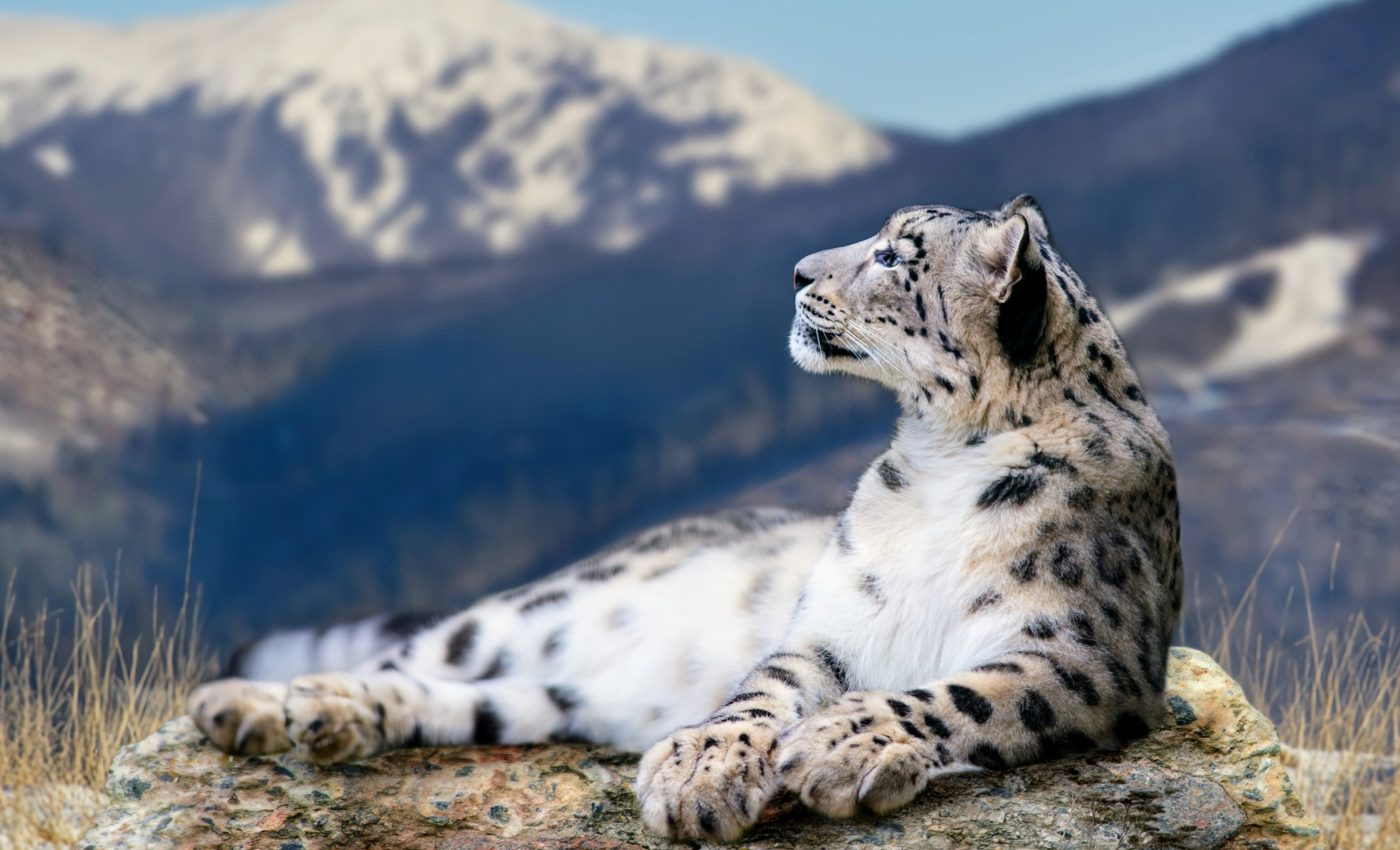
Snow Leopard Day 2024: Honoring the elusive mountain ghost
International Snow Leopard Day is celebrated each year on October 23 to raise awareness about the importance of protecting these endangered cats and their habitats.
Snow leopards, native to the mountains of Central and South Asia, are facing intense threats from habitat loss, poaching, and declining prey populations due to human activity.
The big cats are classified as vulnerable by the International Union for Conservation of Nature (IUCN). Their population is estimated to be between 3,500 to 7,000 individuals in the wild, though precise numbers are difficult to determine due to their elusive nature.
Mountain ghosts
Snow leopards are often called the “ghosts of the mountains” because of their ability to blend into their rocky surroundings. They are incredibly difficult to spot in the wild.
The mountain cats are powerful jumpers, capable of leaping up to 50 feet (15 meters) in a single bound. This ability helps them navigate steep, rocky mountain terrain and catch prey.
Their thick, grayish-white fur provides excellent camouflage against the snow and rocks of their habitat. Their long, bushy tail helps with balance and can also wrap around their bodies for warmth during cold nights.
Extreme lifestyle of snow leopards
Snow leopards live in some of the world’s highest and harshest environments. They are typically found at elevations between 9,800 and 17,000 feet in the mountain ranges of Central and South Asia, including the Himalayas.
Snow leopards are solitary and secretive animals, preferring to roam vast territories on their own. They are most active at dawn and dusk, and communicate mainly through scent marks and vocalizations.
These big cats rely on their stealth and patience to hunt prey such as blue sheep, ibex, and other mountain animals. They can stalk prey from as far as 200 feet away before making their move.
Unlike most big cats, snow leopards do not roar. They communicate with other sounds, such as growls, hisses, meows, and a unique call known as a “chuff.”
Ecological importance of snow leopards
Snow leopards play a crucial role in maintaining the health and balance of their habitats. By protecting them, we can help to safeguard entire ecosystems.
Controlling prey populations
As top predators, snow leopards regulate the populations of herbivores such as ibex, blue sheep, and other mountain animals.
By controlling these prey populations, the leopards prevent overgrazing, which could otherwise lead to the degradation of vegetation and soil erosion in fragile mountain environments.
Supporting plants and other animals
Snow leopards indirectly support plant diversity by keeping herbivore populations in check. This helps maintain a balanced ecosystem where various species of plants, insects, and animals can thrive, contributing to overall biodiversity in the region.
When the cats make a kill, they often leave behind remains that are consumed by scavengers like vultures, wolves, and smaller carnivores. This supports the wider ecosystem by providing a food source for other species.
Indicator species
Snow leopards serve as an indicator species, meaning their presence and well-being reflect the overall health of the high-altitude ecosystems they inhabit.
Healthy populations of these wild cats suggest that their mountain ecosystems, including prey species and vegetation, are also in good condition.
Symbols of strength
In some Central Asian cultures, snow leopards are viewed as symbols of strength, independence, and mysticism due to their rarity and resilience in the harsh mountain landscape.
The cats’ ability to adapt to a rapidly changing environment, including human encroachment and climate change, further reinforces their symbolic strength. They have the remarkable capacity to endure and persist despite shrinking habitats and threats from poaching.
International Snow Leopard Day
International Snow Leopard Day was established in 2013, following the adoption of the Bishkek Declaration.
For this initiative, 12 countries that host snow leopard populations – Afghanistan, Bhutan, China, India, Kazakhstan, Kyrgyzstan, Mongolia, Nepal, Pakistan, Russia, Tajikistan, and Uzbekistan – agreed to collaborate in their conservation efforts.
The countries set a goal to secure at least 20 healthy snow leopard ecosystems by the year 2020, ensuring the species’ survival in the wild and the integrity of the environments they inhabit.
The Bishkek Declaration highlights the importance of international cooperation and community involvement in conserving snow leopards and their habitats.
—–
Like what you read? Subscribe to our newsletter for engaging articles, exclusive content, and the latest updates.
Check us out on EarthSnap, a free app brought to you by Eric Ralls and Earth.com.
—–













